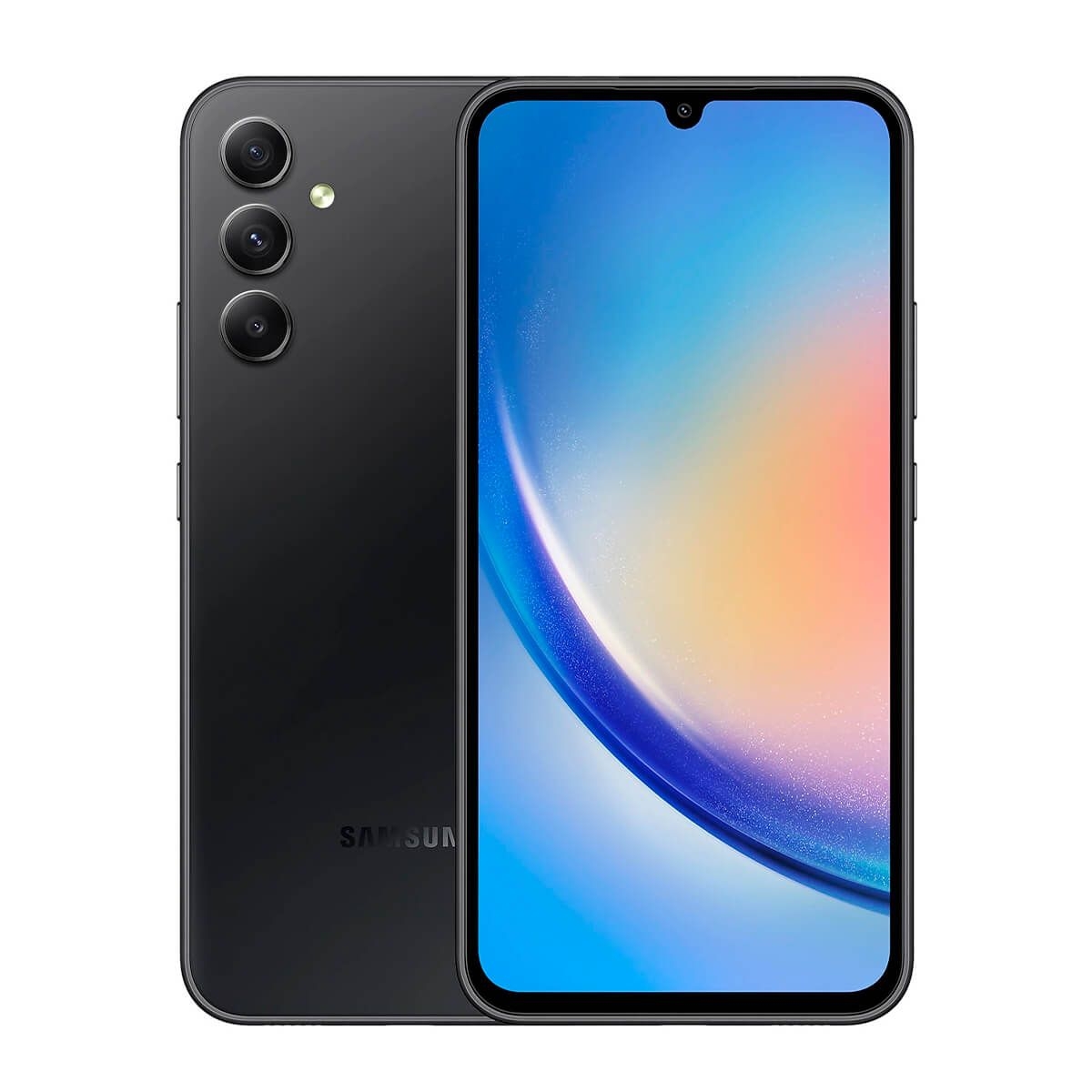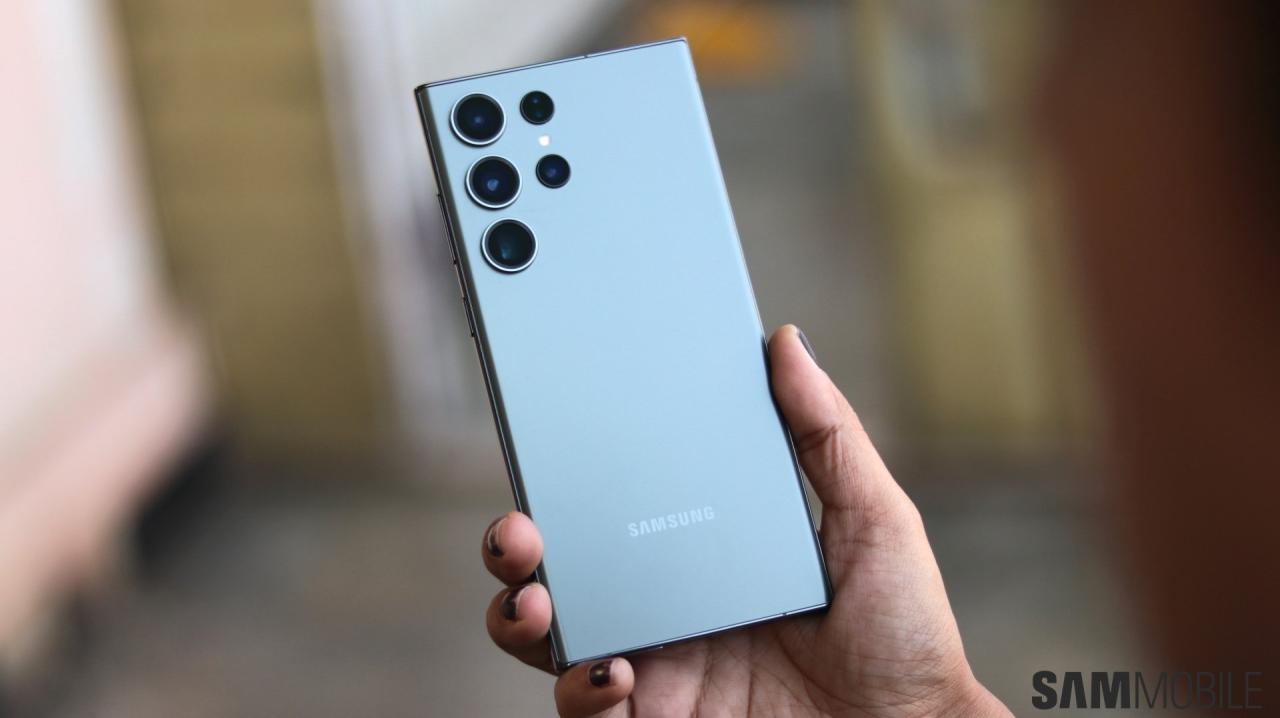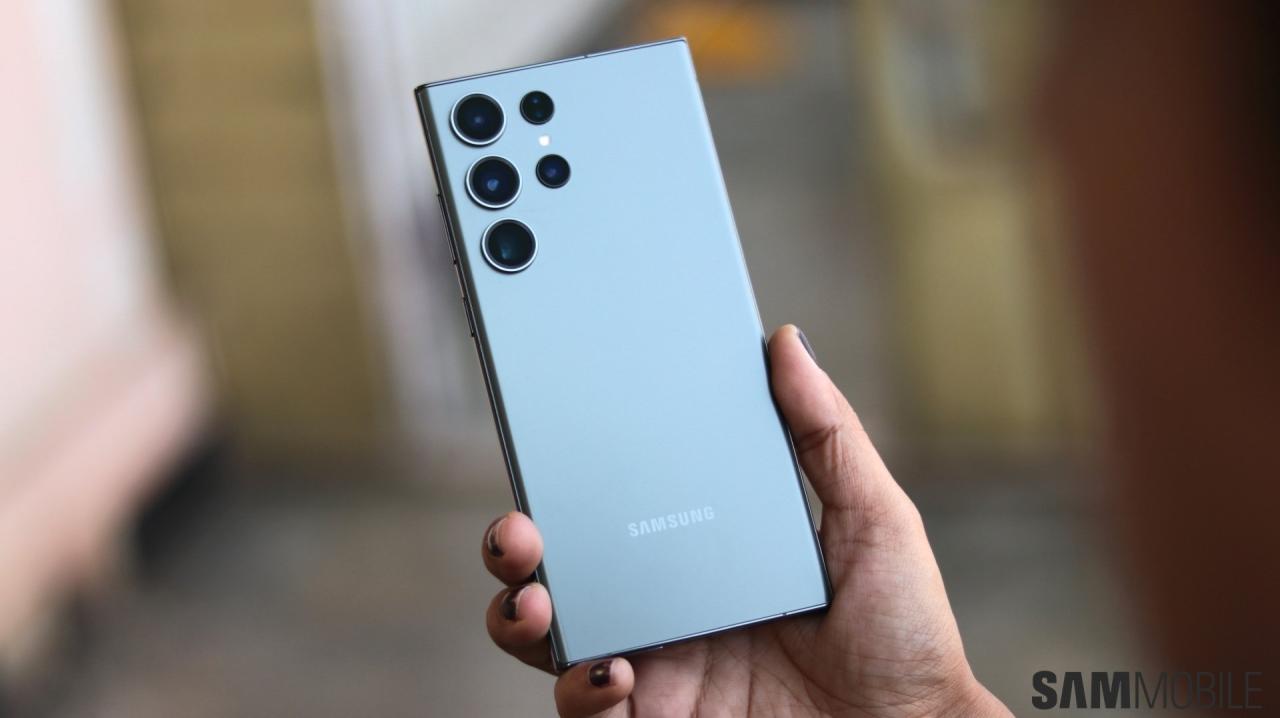samsung galaxy s ii stands as a pivotal milestone in the evolution of smartphones, captivating users with its innovative features and stunning design. Introduced in 2011, it redefined user expectations with a sleek profile, vibrant display, and robust performance that set it apart in a competitive market. Its impact is felt not just in its impressive specifications but also in how it shaped the future of mobile technology.
Featuring a dual-core processor, a 4.3-inch Super AMOLED Plus display, and a lightweight body, the Samsung Galaxy S II offered an unmatched user experience for its time. It combined powerful performance with intuitive software, making multitasking and app usage seamless. The device’s design, complemented by its TouchWiz interface, created an engaging environment for users, setting a standard that many successors would aspire to meet.
Overview of Samsung Galaxy S II

The Samsung Galaxy S II, launched in 2011, marked a significant milestone in the evolution of smartphones. This device not only showcased cutting-edge technology but also set new standards for performance, design, and user experience in the mobile market. Its introduction was pivotal, influencing subsequent smartphone designs and strategies across the industry.
The Galaxy S II was powered by a dual-core ARM Cortex-A9 processor and ran on Android 2.3 Gingerbread, which was later upgradable to Android 4.1 Jelly Bean. It boasted a 4.3-inch Super AMOLED Plus display, providing vivid colors and sharp images, which enhanced the multimedia experience. Key specifications included an 8 MP rear camera capable of recording 1080p video, a front-facing camera for video calls, and a slim profile at just 8.49 mm thick.
Main Features
The Samsung Galaxy S II was equipped with several notable features that contributed to its popularity and high performance. Below are the main specifications that defined its capabilities:
- Display: 4.3-inch Super AMOLED Plus, 480 x 800 pixels resolution.
- Processor: 1.2 GHz dual-core ARM Cortex-A9.
- RAM: 1 GB, enhancing multitasking capabilities.
- Storage: 16/32 GB internal storage options, expandable via microSD up to 32 GB.
- Camera: 8 MP rear camera with autofocus and LED flash, 2 MP front camera.
- Battery: 1650 mAh, supporting a full day of moderate use.
Historical Significance
The Samsung Galaxy S II played a crucial role in redefining the smartphone landscape. With its release, Samsung gained substantial market share and positioned itself as a strong competitor against Apple’s iPhone. The Galaxy S II not only sold over 20 million units worldwide within the first year but also set the stage for future iterations of the Galaxy S series, showcasing Samsung’s commitment to innovation.
The device was one of the first to employ a dual-core processor, significantly enhancing performance and responsiveness compared to its predecessors. This leap in technology had a ripple effect, prompting other manufacturers to adopt similar specifications, which ultimately led to more powerful smartphones becoming mainstream.
Design Elements and User Interface
The design of the Samsung Galaxy S II emphasized a sleek, modern aesthetic that appealed to users. It featured a minimalist approach with a plastic chassis that was lightweight yet sturdy, available in various colors, including black and white. The device’s slim profile and curved edges made it comfortable to hold, setting a precedent for future smartphone designs.
The user interface of the Galaxy S II utilized Samsung’s TouchWiz interface over Android, providing a customizable experience. Key elements included:
- Widgets: Users could personalize their home screens with dynamic widgets for quick access to essential apps and information.
- Multitasking: Enhanced multitasking capabilities allowed users to switch between applications seamlessly, a feature that was particularly praised during its release.
- Notifications: An improved notification system provided users with timely updates, making it easier to manage tasks and communications.
The Samsung Galaxy S II not only set benchmarks for performance and design but also influenced the direction of smartphone development for years to come, establishing a legacy that is still felt in the mobile technology landscape today.
Performance and User Experience

The Samsung Galaxy S II was a formidable contender in the smartphone market when it was released, and its performance capabilities stood out against its competitors of the time. Equipped with a dual-core processor and an advanced GPU, it offered a seamless user experience across various applications and multitasking scenarios that were crucial for users seeking efficiency and speed in their daily tasks.
The performance of the Galaxy S II was notably impressive when compared to its contemporaries such as the HTC Sensation and the Apple iPhone 4S. Its Exynos processor allowed for smoother operation and better graphics rendering, making it adept at handling demanding applications, high-definition games, and multitasking with ease. Users could switch between applications without noticeable lag, which was a significant advantage over devices with single-core processors. The responsiveness of its Super AMOLED Plus display further enhanced the overall performance experience.
Application Performance and Multitasking, Samsung galaxy s ii
The Galaxy S II showcased excellent performance across various types of applications, from gaming to productivity tools. Its ability to manage multiple applications simultaneously was a hallmark of its design. This multitasking capability was augmented by the phone’s 1GB RAM, which supported smooth transitions between apps.
The following points highlight the performance of key applications:
- Gaming: High-performance games like “Angry Birds” and “Asphalt 6” ran smoothly, with vibrant graphics and minimal loading times, allowing gamers to fully immerse themselves without interruptions.
- Social Media: Applications such as Facebook and Twitter functioned seamlessly, enabling users to scroll through feeds and share updates without lag, enhancing social interactions.
- Productivity: Office suites like Quickoffice allowed users to create and edit documents efficiently, with quick response times making it suitable for professional use.
The multitasking experience was further improved through features like the Task Manager, which enabled users to view running applications and close them as needed, preserving system resources and maintaining performance levels.
Battery Life and Power Management
Battery life was a significant aspect of the Samsung Galaxy S II’s user experience. It utilized a 1650 mAh battery, which was relatively robust for the time, allowing users to enjoy extended usage without frequent recharging. The device’s power management techniques contributed to its longevity.
The key power management features included:
- Smart Power Saving: This feature intelligently adjusted screen brightness and CPU performance based on usage patterns, optimizing battery life without sacrificing performance.
- Standby Time: The Galaxy S II exhibited impressive standby capabilities, allowing users to leave the phone idle for extended periods without significant battery drain.
- Battery Management Applications: Samsung integrated various applications that allowed users to monitor battery usage and make adjustments to settings for better longevity.
Overall, the combination of hardware efficiency and software optimizations ensured that users could rely on the Galaxy S II for their daily activities without worrying about frequent charging or performance dips during critical tasks.
Software and Updates

The Samsung Galaxy S II, a smartphone that gained immense popularity upon its release, offers a range of software features that enhance its usability and user experience. Over the years, various updates have improved its operating system and introduced new functionalities, ensuring that users can enjoy a robust mobile experience.
The Galaxy S II originally launched with Android 2.3.3 Gingerbread. Subsequent updates allowed users to experience newer versions of the operating system, enhancing system performance and usability. The phone was officially upgraded to Android 4.1.2 Jelly Bean, which brought several improvements over its predecessor.
Operating System Versions
The operating system versions available for the Samsung Galaxy S II illustrate its evolution and the enhancements made through software updates. The main operating systems include:
- Android 2.3.3 Gingerbread – The original operating system that provided a solid foundation for the smartphone.
- Android 4.0 Ice Cream Sandwich – Introduced a refreshed user interface and improved multitasking capabilities.
- Android 4.1 Jelly Bean – Brought enhanced performance with Project Butter, resulting in smoother animations and faster response times.
- Android 4.1.2 Jelly Bean – Updated the device to further improve performance and introduce minor tweaks and enhancements.
Notable Software Features and Apps
The software running on the Galaxy S II includes various features and applications designed to improve the overall user experience. Some notable features are:
- Samsung TouchWiz UI – Custom user interface that provides easy navigation and personalization options.
- Multi-Window Support – Allows users to run two apps simultaneously, enhancing productivity.
- Smart Stay – A feature that uses the front camera to detect the user’s eyes, keeping the screen awake as long as they are looking at it.
- Voice Command – Enables users to control the phone using voice commands, facilitating hands-free operation.
- Music and Video Hub – Provides access to a vast library of media content for entertainment on the go.
Update History and Changes
The update history of the Samsung Galaxy S II is significant, as it reflects the device’s adaptability to changing software environments. Each update has contributed to enhancing its functionality and security. Key updates include:
- Initial launch with Android 2.3.3 Gingerbread on May 2011.
- The major update to Android 4.0 Ice Cream Sandwich in early 2012, which enhanced the user interface and added features like Face Unlock.
- Transition to Android 4.1 Jelly Bean in late 2012, incorporating Project Butter for smoother performance and improved notifications.
- Security patches and performance improvements were issued periodically to ensure device reliability.
“The updates to the Samsung Galaxy S II not only enhanced its features but also ensured that it remained relevant in a rapidly evolving smartphone market.”
Community and Accessories
The Samsung Galaxy S II has not only made waves in the tech world through its impressive specifications and design but has also garnered a dedicated community of users and a wide range of accessories. These elements enhance the phone’s functionality and personalize the user experience, making it a beloved device long after its initial release.
Popular accessories for the Samsung Galaxy S II include a variety of cases, screen protectors, and battery packs that provide both protection and extended usability. These accessories not only safeguard the device from daily wear and tear but also allow users to express their personal style.
Popular Accessories and Their Benefits
Several accessories have been widely embraced by Samsung Galaxy S II users, offering practical benefits and customization options. The following list highlights some of the most popular accessories:
- Protective Cases: Available in various materials such as silicone, hard shell, and leather, these cases enhance grip and shield the device from drops and scratches.
- Screen Protectors: Tempered glass and film protectors are crucial for preventing screen cracks and scratches, ensuring the display remains pristine.
- Battery Packs: Extended battery packs help users who require longer usage times, allowing them to remain connected without the constant need for charging.
- Docking Stations: These allow for easy charging and can serve as a media hub, enhancing the multimedia experience of the Galaxy S II.
- Headphones and Speakers: High-quality audio accessories enhance the multimedia experience, ideal for music lovers or podcast enthusiasts.
Community feedback reveals a wealth of stories from long-term users who have found the Samsung Galaxy S II to be a reliable device even years after its launch. Many users cherish the robust build quality and user-friendly interface, often sharing their experiences on forums and social media.
User Experiences and Community Feedback
Long-term users have expressed satisfaction with the Galaxy S II, often highlighting its durability and performance. Many users have shared anecdotes about how the device has withstood the test of time, surviving accidental drops and prolonged use.
“After all these years, my Galaxy S II still performs well for my daily tasks. I can’t believe how sturdy it is!”
This sentiment is frequently echoed among community members who appreciate the phone’s capacity for updates and customization. Forums dedicated to Samsung devices teem with discussions on how users have managed to extend the life of their Galaxy S II through software tweaks and hardware upgrades.
Customization Options and Modifications
Customization is one of the appealing aspects of owning a Samsung Galaxy S II. Users can modify their devices to fit their personal preferences and enhance functionality. Key customization options include:
- Custom ROMs: Many tech-savvy users have explored custom ROMs to breathe new life into their devices, providing updated features and improved performance.
- Launchers and Themes: Third-party launchers allow users to alter the interface significantly, while themes can change the look and feel of the device to match personal aesthetics.
- Widgets: The ability to add various widgets on the home screen allows users to access apps and information quickly, tailoring their dashboard to their needs.
In conclusion, the Samsung Galaxy S II remains a cherished device among its community, supported by a plethora of accessories that enhance its functionality and personalization options. With a vibrant community sharing their experiences and modifications, this phone continues to thrive in the hearts of its users.
FAQ Overview
What operating system was initially used on the samsung galaxy s ii?
The samsung galaxy s ii originally came with Android 2.3 Gingerbread.
Is the samsung galaxy s ii still supported with updates?
No, the samsung galaxy s ii no longer receives official software updates.
What were popular accessories for the samsung galaxy s ii?
Popular accessories included protective cases, extended battery packs, and screen protectors.
How did the battery life of the samsung galaxy s ii compare to competitors?
Its battery life was competitive for its time, often lasting a full day with moderate usage.
Can the samsung galaxy s ii be customized?
Yes, users could customize the samsung galaxy s ii with various launchers, themes, and ROMs.
The Samsung Galaxy S11 stands out with its impressive camera capabilities and sleek design, making it a top choice for tech enthusiasts. Its advanced features cater to users looking for both performance and style, ensuring it remains competitive in the smartphone market.
When it comes to productivity, the Samsung Galaxy Note10 offers a seamless experience with its signature S Pen and robust multitasking capabilities. This device is perfect for professionals and creatives alike, combining powerful hardware with a user-friendly interface that enhances everyday tasks.
